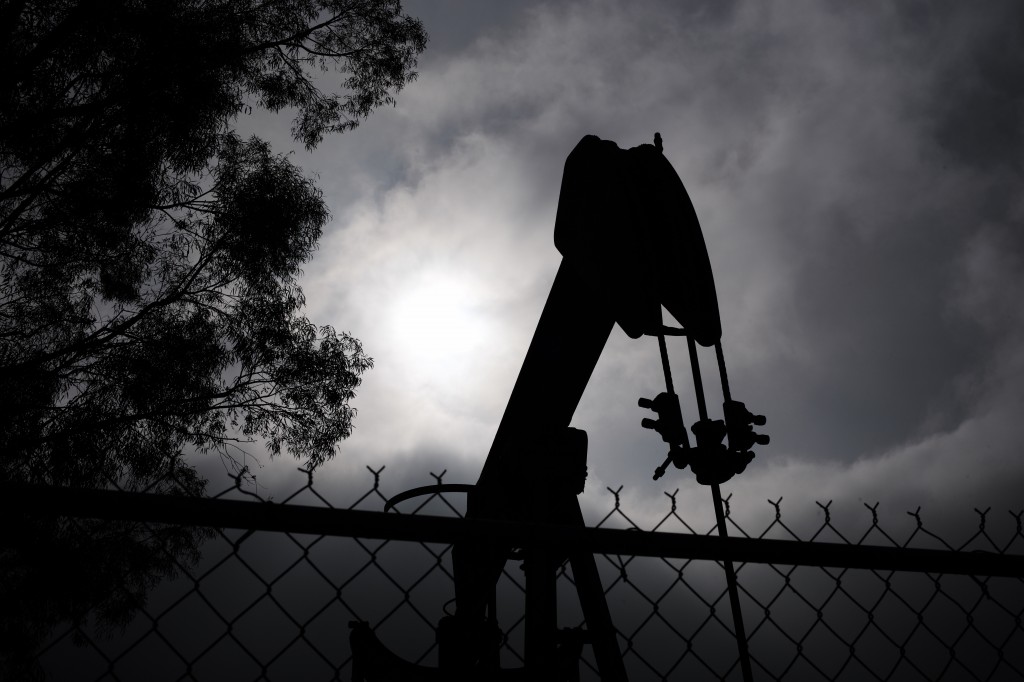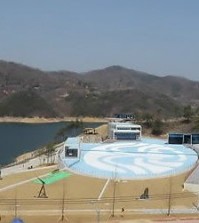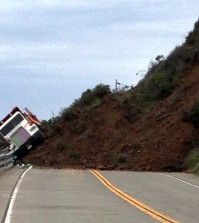- California Assembly OKs highest minimum wage in nation
- S. Korea unveils first graphic cigarette warnings
- US joins with South Korea, Japan in bid to deter North Korea
- LPGA golfer Chun In-gee finally back in action
- S. Korea won’t be top seed in final World Cup qualification round
- US men’s soccer misses 2nd straight Olympics
- US back on track in qualifying with 4-0 win over Guatemala
- High-intensity workout injuries spawn cottage industry
- CDC expands range of Zika mosquitoes into parts of Northeast
- Who knew? ‘The Walking Dead’ is helping families connect
California pledges changes in protecting underground water

A pumpjack operates next to Tony Lemon’s home, Thursday, Jan. 15, 2015, in Bakersfield, Calif. Lemon and other neighbors living around the idled well said they had been told nothing of any threat to local water. But Lemon said he trusted oil companies to safeguard the public water supply. As long as they know what theyre doing, taking care of business, Lemon said. (AP Photo/Jae C. Hong)
SAN FRANCISCO (AP) — California is proposing broad changes in the way it protects underground water sources from oil and gas operations, after finding 2,500 instances in which the state authorized oil and gas operations in protected water aquifers.
State oil and gas regulators on Monday released a plan they sent the U.S. Environmental Protection Agency last week for bringing the state back into compliance with federal safe-drinking water requirements.
An ongoing state and federal review has determined the state has repeatedly authorized oil-industry injection into aquifers that were supposed to be protected as current or potential sources of water for drinking and watering crops and livestock.
An Associated Press analysis found hundreds of the now-challenged state permits for oilfield injection into protected aquifers have been granted since 2011, despite growing EPA warnings about oilfield threats to the state’s underground water reserves.
“It’s a problem that needs our very close attention and an urgent path forward,” Steve Bohlen, head of the state Department of Conservation’s oil and gas division, told reporters Monday.
Bohlen said 140 of those 2,553 injection wells were of primary concern to the state now, because they were actively injecting oil-field fluids into aquifers with especially designated good water quality.
State water officials currently are reviewing those 140 oil-field wells to see which are near water wells and to assess any contamination of water aquifers from the oil and gas operations, Bohlen said.
The U.S. EPA had given the state until Friday to detail how it would deal with current injection into protected water aquifers and stop future permitting of risky injection.
The plan submitted by the state outlines plans and timelines for dealing with current risks. The proposal also recommends regulatory changes for oversight of oil and gas operations and water aquifers.
An AP analysis of state records showed 46 percent of those 2,553 oil-field injection wells were approved or began injection after 2011, despite the state’s drought and what were then increasing federal warnings that California was not doing enough to protect potential underground water sources from contamination by oil fields.
California regulators said they believe that the actual percentage is lower than state records show, but they added they do not know how much lower.
California is the country’s third-largest oil-producing state.














